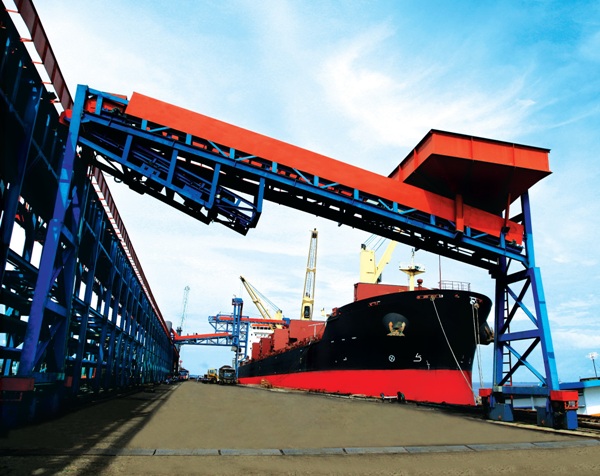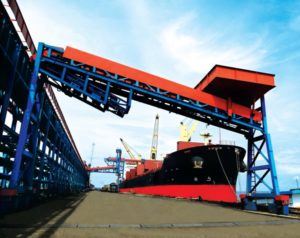Indonesia recorded its strongest export expansion yet for the year in June, as exports contributed to a trade surplus of US$900.2 million for the month.
The Central Bureau of Statistics (BPS) said exports last month were valued at $12.92 billion, up 12.18% month-on-month, supported by strong exports of electronics, auto parts, finished garments, and rubber products.
This, however, was still lower by 4.42% from the $13.51 billion worth of outward shipments posted year-on-year, the agency said.
The nation’s imports totaled $12.02 billion in June 2016, down 7.41% year-on-year.
“So far this year, the country’s exports peaked in June, although exports and imports were still below the levels recorded in 2015,” BPS chief Suryamin said.
In the first six months of the year, exports reached only $69.51 billion, or 11.37% smaller that exports logged in the corresponding period last year.
The monthly surplus beat industry forecasts of just $300 million. In addition to exports, the BPS also attributed the surplus to trade in non-oil/gas commodities, which favored the country with a surplus of $1.40 billion in June.
Despite the positive result, economists are not too optimistic. Although Indonesia’s trade surplus has grown to $3.59 billion in the first half of 2016, Southeast Asia’s largest economy has seen its exports and imports contract for the past 21 months.
Exports have been declining due to weak global demand and low commodity prices, while imports are being dragged down by slowing economic growth in Indonesia. However, as imports have been diving more severely than exports, Indonesia has seen a trade surplus since 2015.
Nonetheless, performance in June was deemed encouraging. Suryamin said export and import figures for the month are the highest so far this year. This signals that both foreign demand for Indonesian products and domestic demand for foreign products have grown. Imports of capital goods, which are used to produce other products, rose 16% year-on-year, a signal that investment in Indonesia has intensified.
At the same time, Indonesia’s oil and gas balance, despite still being in deficit, was supported by the slight recovery of crude oil price in the first half of 2016. Rising crude oil price also has a positive impact on the prices of other commodities.
Exports of non-oil/gas rose 11.12% from $10.56 billion in May to $11.73 billion in June.
The highest increase in exports was recorded for metal ore, slag and dust, up 128.7% to $247.4 million, but the largest contributor to the export value was fats and animal and vegetable oils, reaching $1.29 billion. The sharpest fall in exports was recorded for iron and steel materials, down 52.23% or $100.7 million.
The largest market for non-oil/gas commodities was the U.S., which took in exports valued at $1.62 billion in June, followed by Japan with $1.24 billion, and China with $1.21 billion. The three major markets accounted for 34.73% of the total export value.






